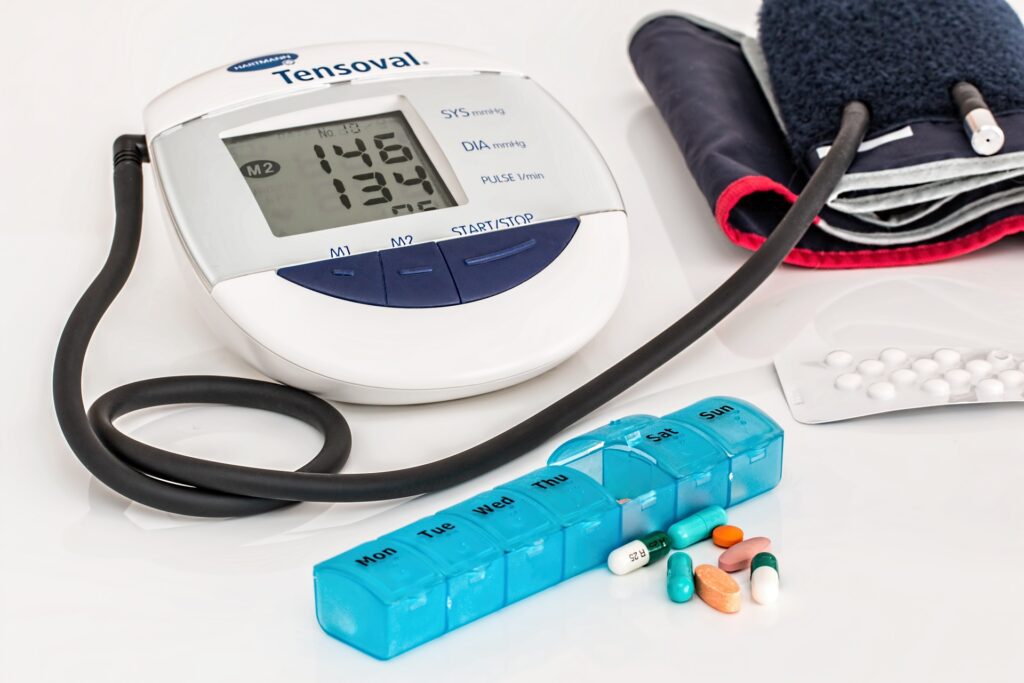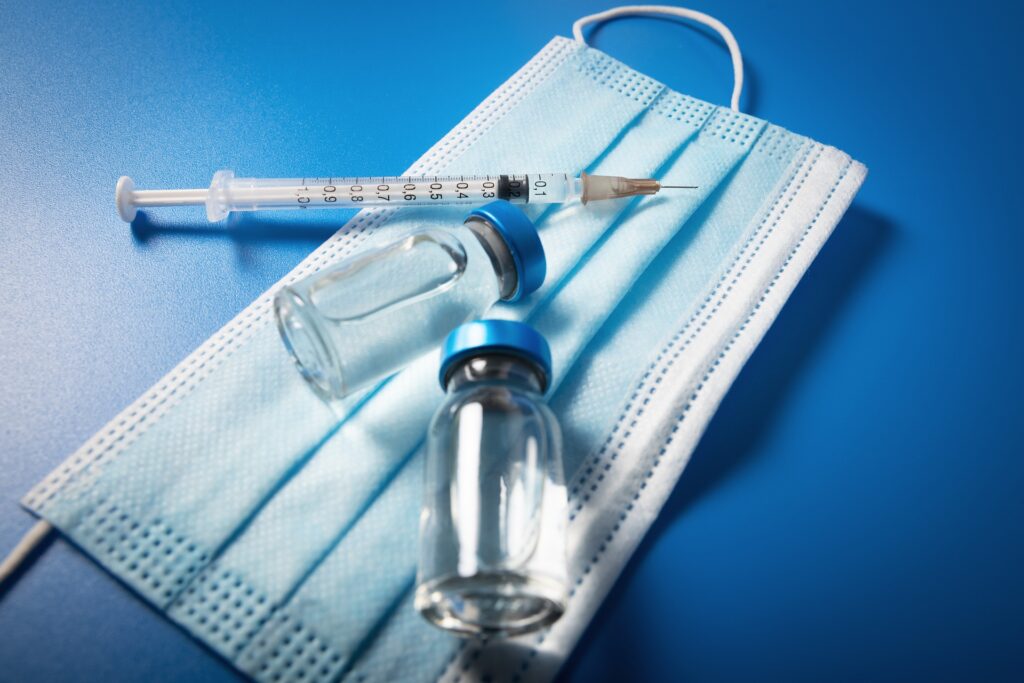
Have you ever wondered how sauna therapy, drinking tea made from burdock root, and whole body vibration can all be helpful for optimizing the body’s natural detoxification processes? How can those three things, none of which are even remotely similar to one another, be considered to be working toward the same objective?
You could even be thinking, “Isn’t detoxification something that happens on its own? Why would it even require support in the first place? ”
The long answer is that yes, our bodies do have several mechanisms that help us eliminate the toxins that we are exposed to on a daily basis, and the various approaches mentioned above (sauna, tea, and WBV) support them in various ways. The short answer is that yes, our bodies do have several mechanisms that help us eliminate the toxins that we are exposed to on a daily basis.
And despite the fact that those processes are automatic, our detox systems are currently being overburdened with work.
Despite the fact that the human body has a natural ability to detoxify itself, people today are exposed to levels of consumer, agricultural, and industrial toxins that the human organism has never evolved to be able to handle.
The complete response is that. . . So, that is the topic that will be covered in this article. I’ll cover:
- How our bodies detox
- Our five different detox routes
- What happens when the detoxification mechanisms are pushed to their limits
- How to support your body’s natural detox pathways
As a reminder, the Food and Drug Administration (FDA) has not verified any of these claims, and the information contained in this article is not intended to be used to diagnose, treat, or prevent any illness. Please have a conversation with your healthcare provider about the detox support method that will work best for you.
But before we get into how exactly toxic substances are processed by our bodies, we should probably have a conversation about what exactly they are.
The question now is, precisely what are toxins, and where do they originate?
Toxins are, by definition, naturally occurring substances that can include heavy metals and poisons that are produced by organisms such as plants (like water hemlock), animals (like poison dart frogs), and bacteria. The metabolic processes in our bodies result in the production of toxic substances as byproducts.
Toxic substances created by humans are referred to as toxicants. However, “toxins” is the term that is used to refer to both types, and since “toxins and toxicants” is a rather cumbersome phrase, I will use “toxins” instead.
In spite of the fact that it is physically impossible to list all of the different types here, they are as follows:
- Car exhaust, dioxins, and heavy metals are just some examples of the industrial and environmental toxins that are polluting our air, water, and soil.
- Agricultural pollutants such as heavy metals from fertilizers (not just on farms, but also in neighborhood yards) and runoff from herbicides like atrazine (which is banned in Europe but not in the United States) and pesticides. Agricultural pollutants such as heavy metals from fertilizers (including glyphosate).
- Toxins found in common household items, such as flame retardants found in furniture and some pajamas, phthalates found in cleaning products, and formaldehyde found in building materials and furniture. PFAS found in cookware.
- Toxins found in personal care products, such as parabens, formaldehyde-releasing preservatives, coal tar dyes, and a whole lot of undisclosed chemicals hidden under the “fragrance” section of product labels; these toxins can be found in high concentrations (the formulas are considered proprietary and do not have to be disclosed).
- Mycotoxins produced by mold that grows in buildings that have been damaged by water. These biotoxins are also capable of contaminating certain foods, and they are capable of actually growing inside of us and producing toxins from within. (I know this from personal experience after being exposed to black mold while staying in a rental property for a vacation several years ago.)
- Toxins in our food including pesticide residues, dioxins, BPA, synthetic food dyes (which pose a “rainbow of risks” including cancer, hyperactivity, and more), GMOs, and butylated hydroxyanisole (BHA) / butylated hydroxytoluene (BHT). Toxins in our food including pesticide residues, dioxins, BPA, and synthetic food dyes (which pose a “rainbow (which have been associated with hormone disruption and are banned in Europe).
How Our Bodies Detox
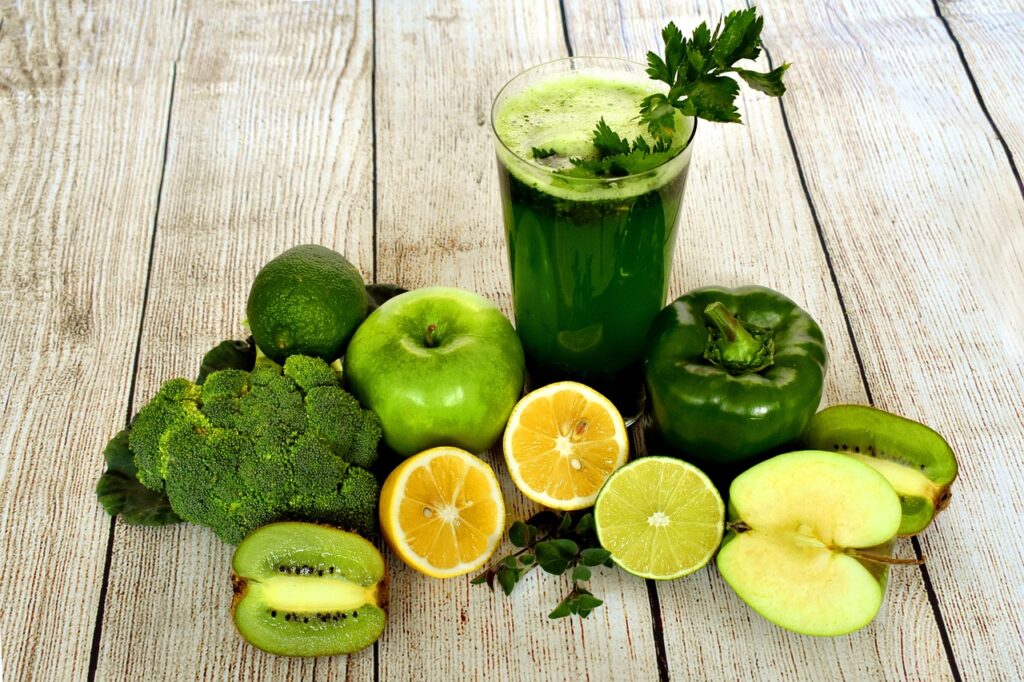
Even though there are a lot of words involved that sound complicated, such as “glucuronidation” and “acetylation,” the fundamental process of detoxification begins when toxins enter our bodies in one of these three ways:
- They enter our bodies via the pores in our skin.
- They enter our lungs when we breathe them in.
- Or, they can enter our bodies by way of the digestive system.
Once inside our bodies, these toxins have two options: they can either build up over time, a process that is known in the scientific community as bioaccumulation, or they can be flushed out in one of the following ways:
- Sweat
- Breath
- Urine
- Poop
The many different pathways that a toxin can take from the point of exposure to the point where it is excreted are referred to as our detox pathways, and our detox organs are responsible for managing these pathways.
Meet Your Detox Organs
When everything is operating at its peak potential, our bodies route toxins and waste products of metabolism to the organ that is best equipped to deal with that particular substance.
The gallbladder, lymphatic system, skin, digestive tract, and lungs all play important roles in our bodies, but the liver and kidneys are the primary organs responsible for their functions.
Let’s take a look at what each of these organizations does and discuss the different ways we can help them out.
Kidneys
Your kidneys perform the process of filtering ALL of the blood in your body somewhere between 20 and 25 times per day. In particular, they are experts in filtering out water-soluble toxins, such as metabolites of hormones that have been used up and heavy metals, in addition to excess water.
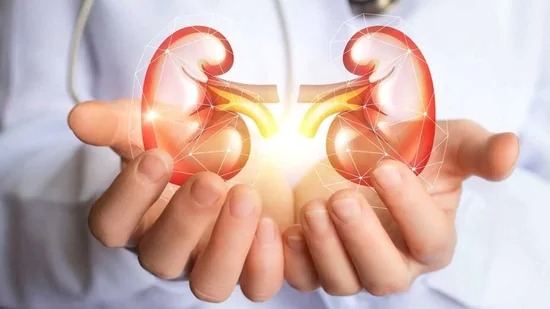
After the kidneys have finished filtering out these substances, they expel them from the body via urine.
If we do not consume an adequate amount of water, our kidneys will not have the fluid they need to perform their functions effectively. Because of this, it is essential to consume a sufficient amount of water every day in order to maintain proper kidney function in addition to eating a diet rich in fresh fruits and vegetables.
Obviously, if you want to maximize the effectiveness of your detoxification process, you shouldn’t drink water that has a high concentration of contaminants; therefore, if you have the means to do so, it is best to make an investment in a high-quality water filter.
Consider the following countertop filters, which are very efficient and won’t break the bank, as well as the following under-sink options, which will set you back a little bit more money but will free up valuable counter space.
Liver & Gallbladder
Even though it is not the only detox organ in your body, your liver is by far the most important one. The majority of the toxins to which you are exposed are fat-soluble; therefore, when they enter our bodies, they must first be transformed into water-soluble forms before they can be expelled. Your liver is in charge of processing that for you.

Your liver creates small “docking stations” on toxins through a two-step process known as Phase II and Phase III detoxification. These “stations” allow other molecules to attach to the toxins and pull them out of your body through elimination.
In addition, the gallbladder helps the body detox by storing bile and increasing its concentration. Toxins are expelled from the body via urine or bile when they are processed by the liver.
Additionally, bile contains compounds that assist in the digestion of fat. When we eat, our gallbladder releases bile into our digestive tract, which then helps our body digest fats and absorb them. This process is made possible by bile. During this time, toxins are also being released into our digestive tract, where we can only hope that they will bind with fiber and then be expelled from the body through the colon. (This is just one more reason why getting enough fiber is important.)
It seems straightforward, doesn’t it? Sadly, the answer is no.
There are a number of genes that contribute to an individual’s level of detoxification ability, including CYP450, MTHFR, MTRR, CBS, GST, Nrf2, and SOD, to name just a few.
There is a thousandfold variation in how well people’s Phase I detox enzymes work, and there is a tenfold variation in how well people’s Phase II detox enzymes work, according to Joseph Pizzorno, ND, the founding president of Bastyr University and co-author of several books, one of which is Clinical Environmental Medicine. Pizzorno is also the founding president of Bastyr University.
Other aspects, such as one’s lifestyle and the presence of infections, are also capable of having an impact on liver function.
Fortunately, there are ways to support detoxification during Phase I and Phase II, as well as Phase III, which is also extremely vital, and I cover many of those ways in this article. Phase III is also extremely vital.
System of the Lymphatics
Our lymphatic system is a passive circulatory system that relies on muscle contractions to “pump” immune cells throughout the body while also moving pathogens, toxins, and abnormal cells into the bloodstream so that they can be further processed by other organs. In contrast, our cardiovascular system is powered by the heart. Our lymphatic system relies on muscle contractions to “pump” immune cells.
As a result of these two primary functions, it is an integral component of both our immune system and our system of internal drainage (detoxification).
In the past, the majority of people moved quite a bit throughout the day, such as by walking long distances or engaging in manual labor. This kept the lymph pumping via the passive circulation created by muscle contractions, which helped keep lymphatic fluid moving.
It is unfortunately much easier for our lymph flow to become sluggish these days than it was in our ancestors’ time because we move a lot less and are exposed to a great deal more toxins than they were.
Because of this, incorporating daily movement into our routines is so important for assisting our drainage pathways in getting rid of trash. However, it does not need to be strenuous; a stroll through the park will do just fine.
Additional ways to support healthy lymph flow include the following:
- Exercise
- Brushing without using water
- Taking in a lot of water through one’s diet
- Vibration therapy for the whole body
- Herbs that stimulate lymphatic movement, such as burdock root
- Jumping up and down on a miniature trampoline
The Digestive System
In addition to being responsible for the absorption of nutrients and housing more than 70 percent of our immune system, the digestive tract is also an important site for the elimination of toxins.
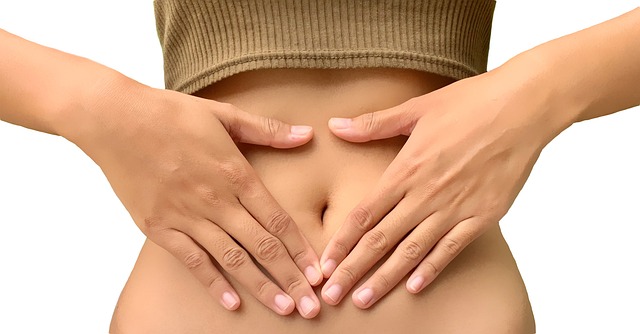
Unfortuitously, there are a few factors that, when combined, have the potential to really clog up the process. Two of these factors are having the incorrect gut bacteria and not eating enough fiber.
This is due to the fact that certain types of bacteria in the gut that are not beneficial are capable of dismantling the docking station that I discussed in the section on the function of the liver. This docking station is the “glue” that our bodies use to attach toxins to molecules such as glutathione so that they can be expelled from the body.
Additionally, if we do not consume an adequate amount of fiber, our bodies will recirculate bile that has already been bonded with harmful toxins. This can lead to a variety of health problems. The elimination of “spent” bile from the body and the stimulation of the production of new bile by the liver are both benefits of including fiber of high quality in our diet.
Skin
Once upon a time, Baroness Karen Blixen penned the following: “The cure for anything is salt water—sweat, tears, or the sea.”
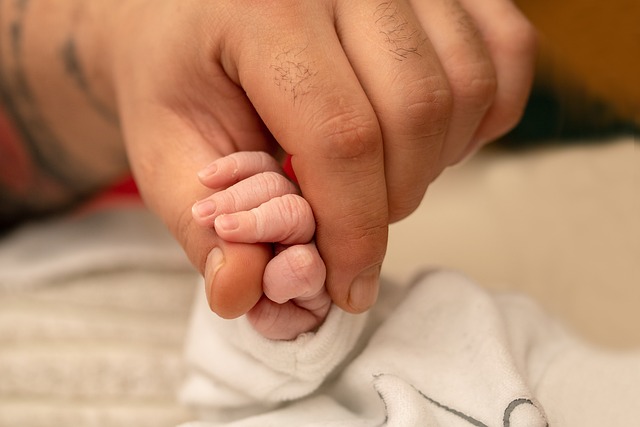
To say that sweat is beneficial for detoxification in “everything” way is an exaggeration, but it is very beneficial. According to this research, a significant number of toxic substances appear to be “preferentially excreted through sweat.” This is the reason why.
Sweating allows our bodies to eliminate “difficult to remove” compounds such as xenobiotics (BPA, PCB’s, phthalates, DDT metabolites, dioxin, etc.) and heavy metals like arsenic, cadmium, lead, and mercury.
Both working out and sitting in a sauna are great ways to work up a good sweat and serve the same purpose.
In point of fact, sauna therapy has been used to help support detoxification in law enforcement personnel after they have been exposed to chemicals used in the production of meth on the job.
Lungs

The primary function of the lungs in our bodies is to assist in the removal of harmful carbon dioxide, but they also assist in the elimination of volatile organic compound (VOC) metabolic byproducts such as acetone and aldehyde.
Putting the Pieces of the Puzzle Together
Let’s go on a trip that starts at the moment, shall we? . . your armpit.
It’s the wee hours of the morning, and the lighting is still low, so you don’t notice that someone has switched out your natural deodorant for one that was purchased from the store and is full of various chemicals such as parabens, triclosan, aluminum, and phthalates.
You then apply it, and as it absorbs into your skin, the toxins make their way into your bloodstream as well as your lymphatic system. Both the blood and the lymph fluid carry the toxins to the two primary detox organs, which can be different depending on the person.
Toxins that are water-soluble are processed by the kidneys, and the urine is the organ that finally eliminates them.
The fat-soluble substances are processed by the liver using a two-phase process that breaks them down so that they can be eliminated through the urinary tract or the colon (depending on the substance).
Sweating is another way in which the skin assists in the removal of toxins from the body.
That, ladies and gentlemen, is just one illustration of how the detox pathways in our bodies work in the real world.
In an ideal world, the toxin would be eliminated in its entirety; however, if for some reason the pathways are not functioning at their optimum level, some of it would be stored in our adipose tissue, bones, brain, and possibly other organs. The term for this kind of process is bioaccumulation.
The good news is that in addition to the steps that have been mentioned above, there are other things we can do to lessen the overall burden on our bodies and provide additional support for our detoxification systems.


